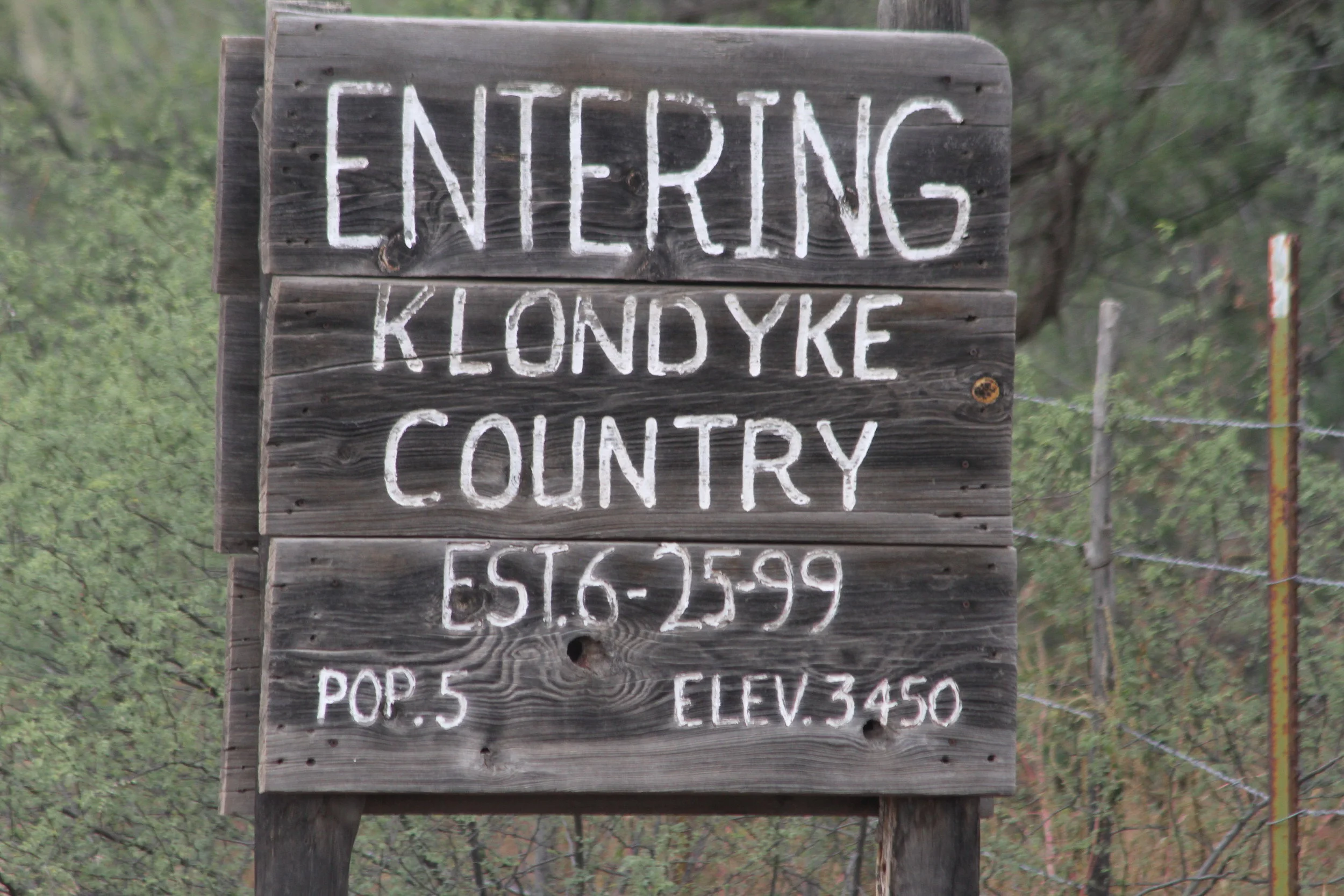Aravaipa Canyon runs for 11 miles through the rugged Galiuro Mountains of SE Arizona. It is one of Arizona's few perennial streams and this gem is only an hour from my home (the west entrance).

Aravaipa Canyon Wilderness is a special place for me, and yes, there will be more Aravaipa visits and blog posts in the future. This post will mainly be photos/videos, but, a recent article on the Nature Conservancy in Arizona Highways (April 2016) gave me some new information I can toss into the mix of photos/videos.

Eric Peffer
Having heard author Sean Prentiss (Finding Abbey: The Search for Edward Abbey and his Hidden Desert Grave) at the Tucson Book Festival, I had added interest in the life and death of Abbey (and, of course, the possible location of his grave) I was surprised to read in Arizona Highways that Abbey was the first manager of the Aravaipa preserve. He was later joined by Doug Peacock.



Hell's Half Acre Canyon (side canyon of Aravaipa Canyon)
Aravaipa provided the setting for some of Abbey's most memorable essays, including the haunting story of his encounter with a mountain lion and a lighter essay about javelina's he titled
Merry Christmas, Pigs!

More importantly, he completed his novel
The Monkey Wrench Gang,
while canyon-bound, using Peacock as the inspiration for George Washington Hayduke. Noted author/writer Peacock's observation that the human history of the canyon is "as colorful as a Western novel."

Defenders of Wildlife fired Abbey at the end of that month. Abbey wrote of his dismissal, "A shabby, sneaky, cowardly thing to do".

Painted Cave Canyon (side canyon of Aravaipa Canyon)
Thoreau had Walden Pond, Edward Abbey had Aravaipa Canyon. For a city slicker like Abbey, he needed a place of sanctuary, of refuge and of "redemption." To him, Aravaipa Canyon was his saving grace in a concrete world.
It is for this reason that he fashioned his essay "Down the River" about Aravaipa Canyon with such love, respect and admiration.

Eric Peffer
I will extend my love, respect and admiration to a brilliant location, along with a few photos/video links and my first blog to include Edward Abbey.
Who shall I include in my next blog?


Desert Varnish


Lori Conser



Lori Conser & Eric Peffer
Bibliography
Arizona Highways April 2016.
Weeds and Roses - "Edward Abbey / Mountain Lion".












